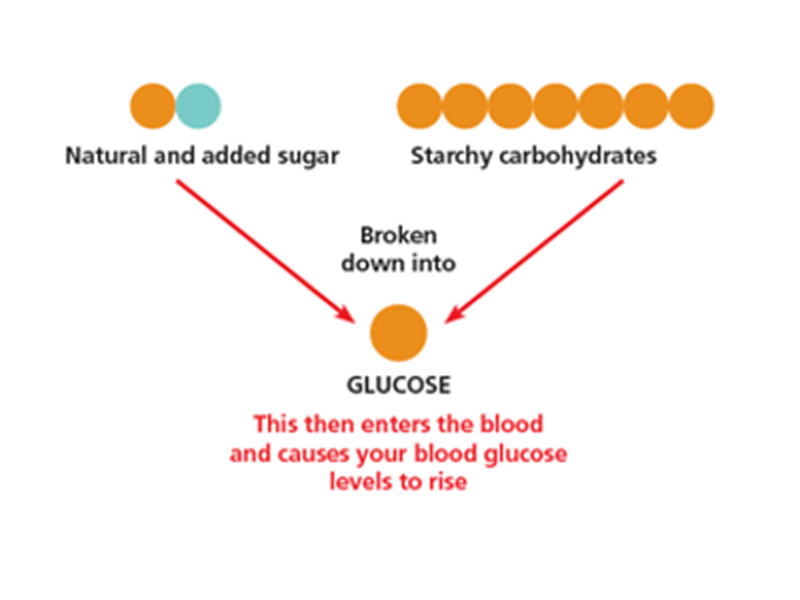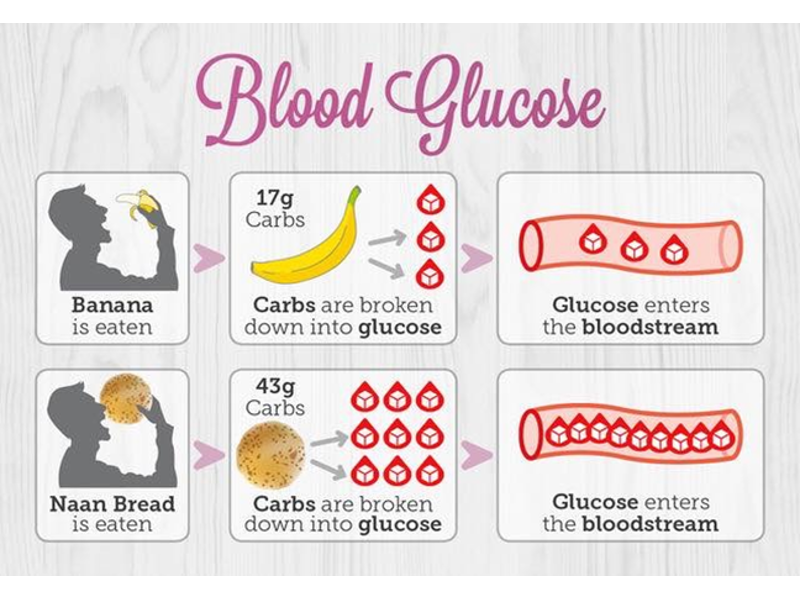Understanding carbohydrates
More and more people are getting a better understanding of carbohydrates.
Understanding the role of carbohydrates can help you eat a healthy diet and maintain a healthy weight — both important ways to reduce your risk of heart disease and stroke.
Carbohydrates are one of the body’s main sources of energy and consist of two main types. These are:
- Sugars: which are found in sweets, cakes, pastries, fruit juices and energy drinks; and
- Starches: which are long chains of sugar joined together. These are found in foods such as cereals, rice, potatoes, bread, pasta, yam, plantain, dumplings, noodles and African foods such as fufu.
When starch is digested it’s broken down into glucose and enters your bloodstream, increasing your blood glucose level. Limiting the amount of sugars entering your body whether as sugar or starch can have a positive impact on your health, as it can help you to limit the amount of sugar that your body stores as fat. This in turn can help keep your weight under control and reduce your risk of developing heart disease and strokes.


Carbohydrate content in common foods
Sweet and starchy carbohydrates all increase your blood sugar level.
In the images on this pages, one  represents a teaspoon of sugar or around 5g of carbohydrate.
represents a teaspoon of sugar or around 5g of carbohydrate.

Sometimes the amount of carbohydrate in one meal can be shocking. For example, a few pieces of bread or plate of pasta or rice could contain the equivalent of more than 15-20 teaspoons of sugar. All the excess sugar is then mostly stored as fat and can cause weight gain and increase the risk of developing type 2 diabetes which in turn, increases the risk of heart disease and stroke.
Fibre
Fibre is important for keeping our bodies healthy. Fibre is found naturally in wholegrain foods such as oats, wholemeal bread, brown rice, pearl barley, and in beans, peas, fruit and vegetables but most people don’t eat enough of it.
Foods that are high in starch and fibre are important because they:
- provide energy
- promote a healthy gut
- provide essential vitamins and minerals.
The table below shows the different carbohydrates and what ones you should reduce and what ones are healthier options:
Sugary Carbohydrates
|
Starchy Carbohydrates
|
Fibre-rich Carbohydrates
|
Cut down on these |
Limit these |
Eat more of these |
|
|
|











